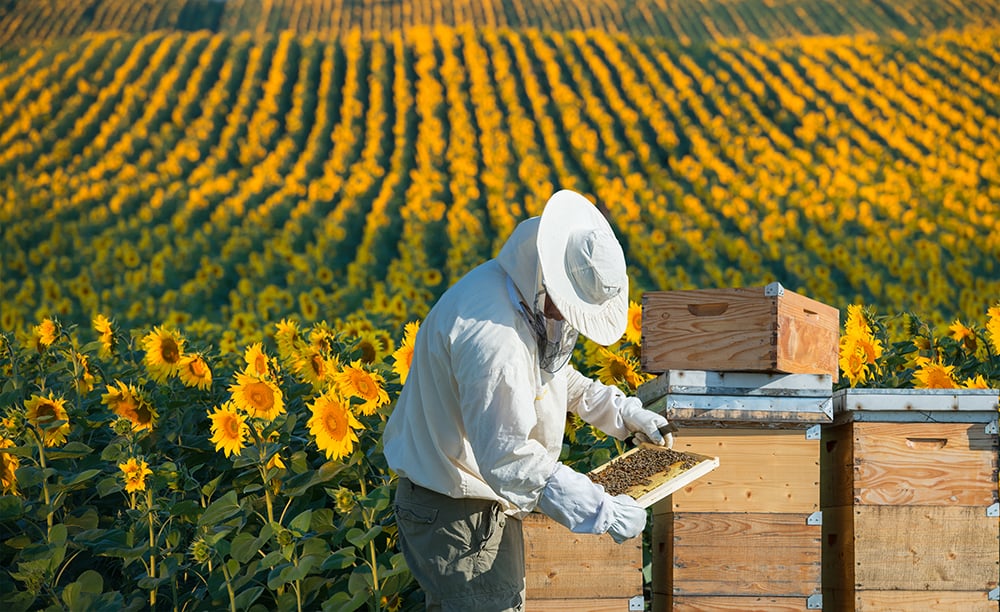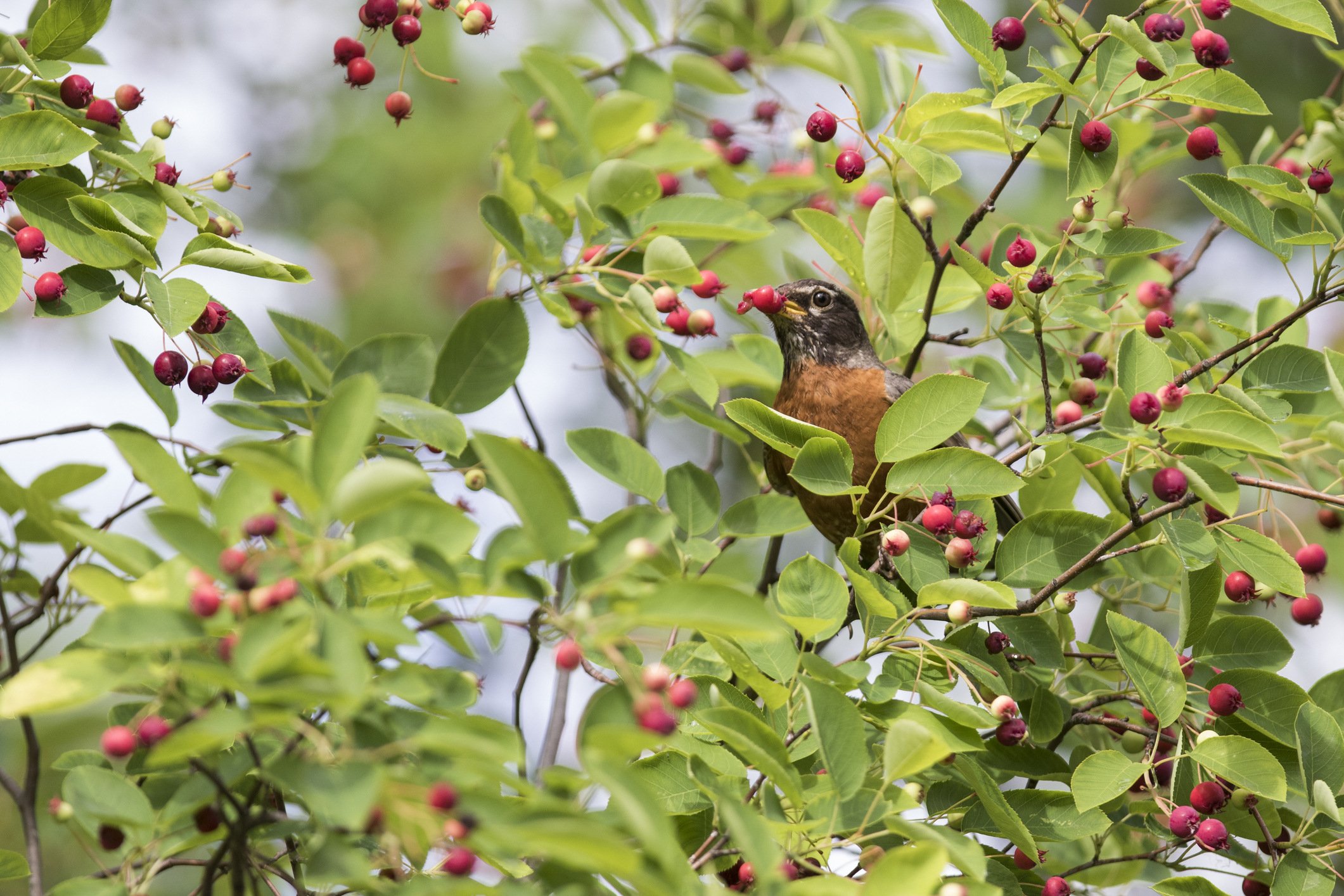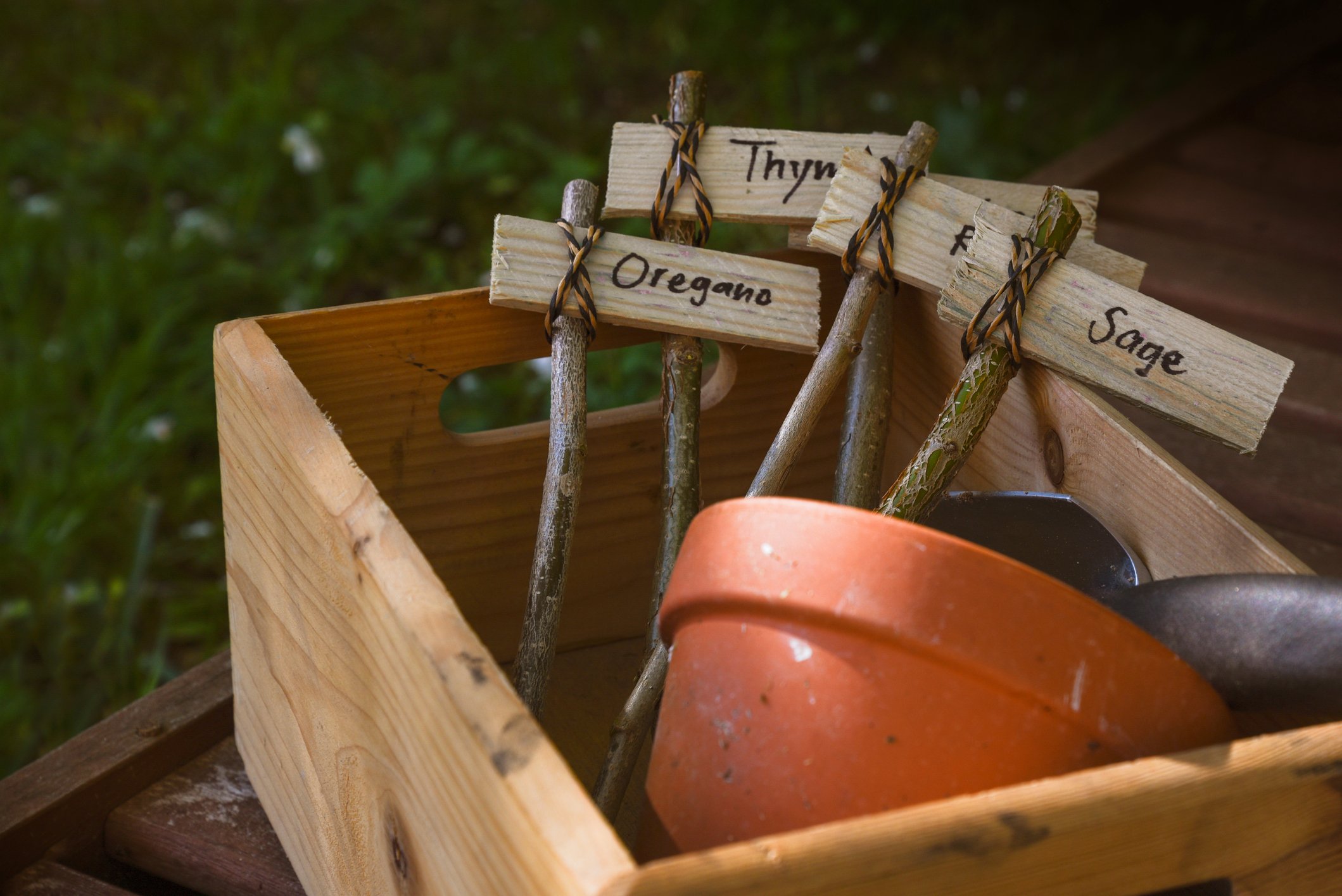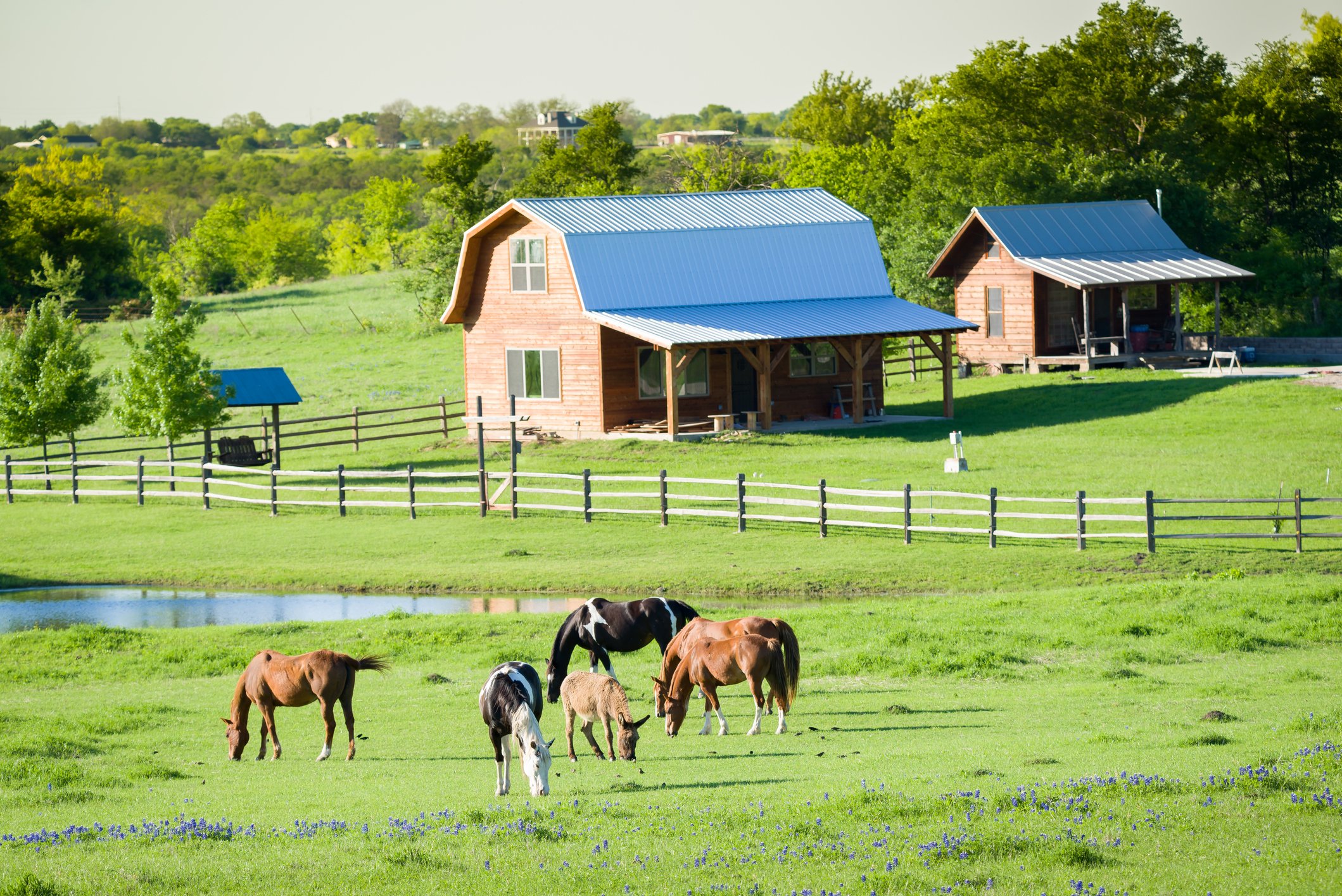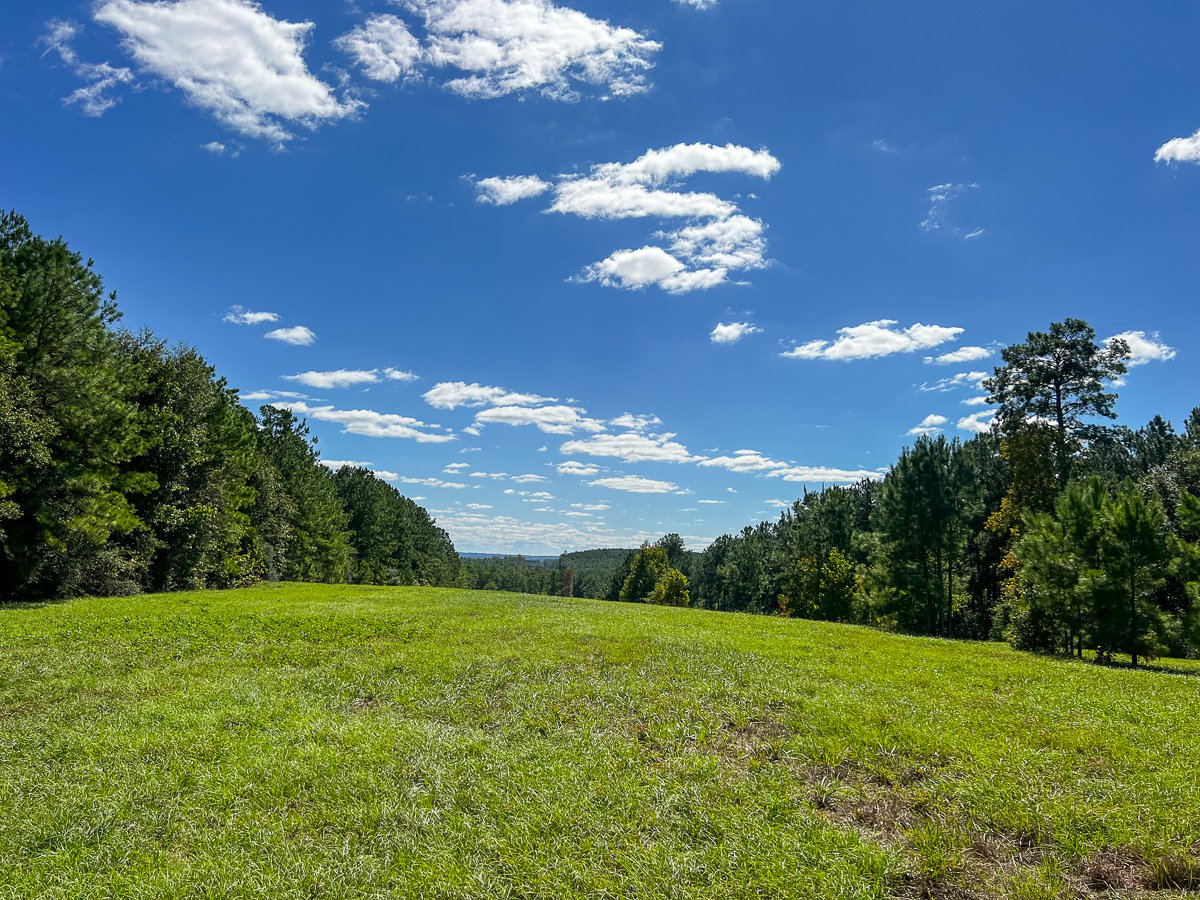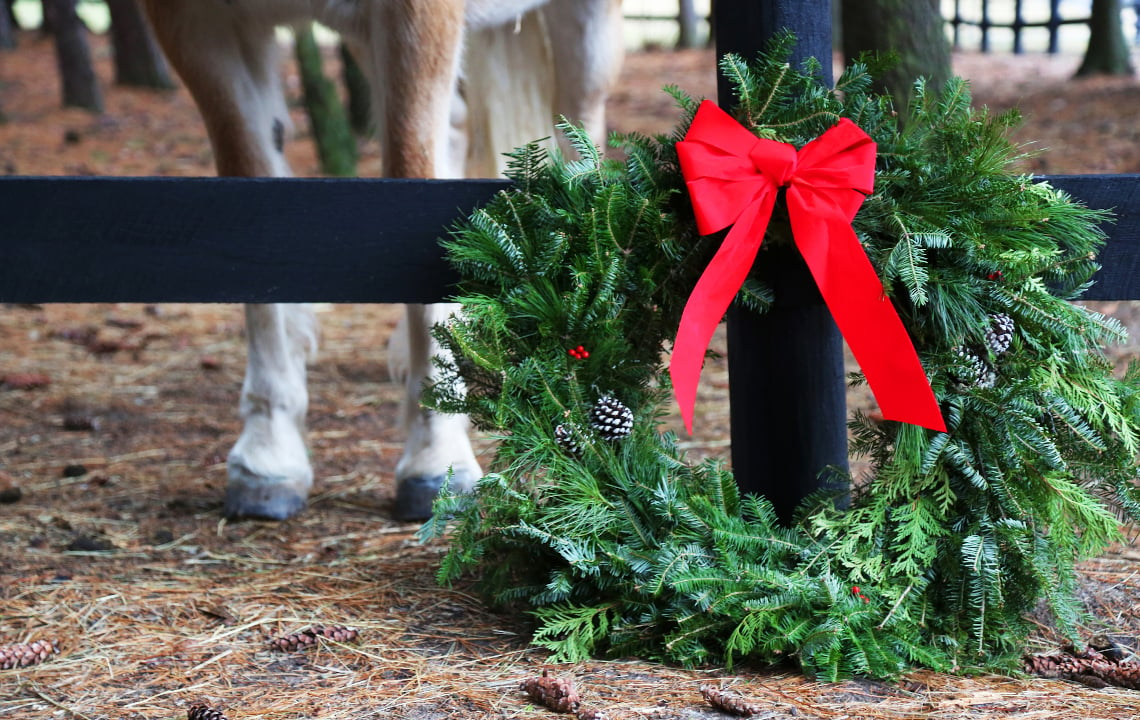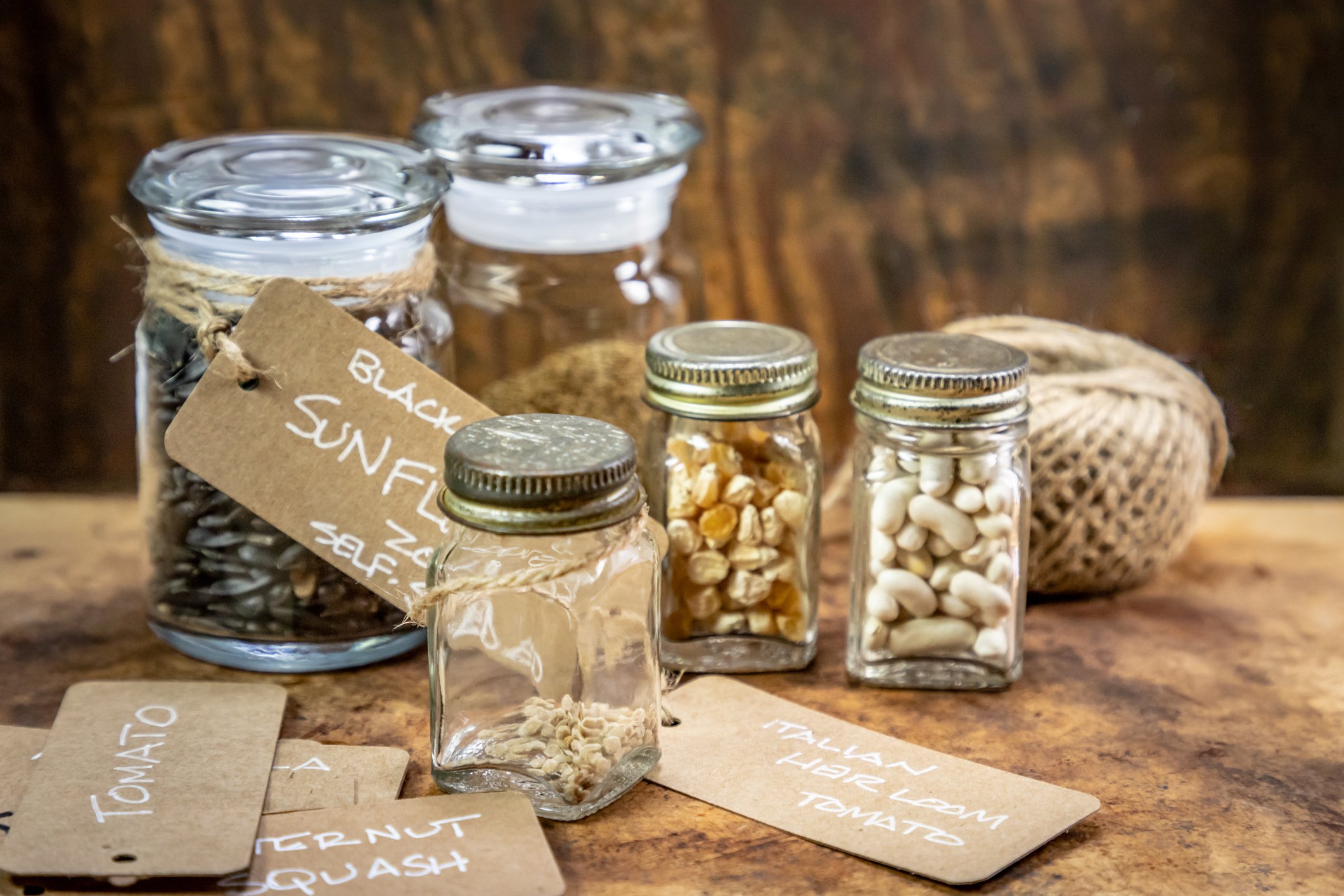Expert beekeepers offer 5 tips to help you start your hive.
Hobby beekeeping is on the rise, and the rewards—from a touch of honey for your kitchen table to a hobby business—can be sweet. We asked experienced apiarists from Florida and Georgia to offer their top tips for beginning beekeepers.
1. Join A Beekeeper Club
The quickest way to learn best beekeeping practices is to be around more experienced beekeepers.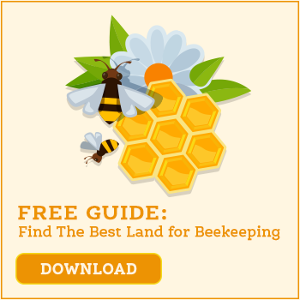
“A local beekeeping association is a great way to learn the nuances of beekeeping in your area,” says Tony Hogg, president of the Florida State Beekeepers Association, and owner of Blue Moon Honey in Monticello, Florida. “It’s a great place to make acquaintances and have some resources that you can call on when you need a little bit more experience to tell you what’s going on with your hive.”
To find an association in your region, check out the Apiary Inspectors of America.
2. Do Your Homework & Make a Plan.
In addition to picking the brains of apiarists in the know, invest in a class or two (through your local association) and read up on the life of bees—including what they like to eat, where they like to live, and the types of plants in your region that make the best honey.
“There’s a tremendous amount of variation depending on where you are geographically,” says Hogg. In general, he recommends locating your initial hives in a dry, sunny spot near an abundance of good honey-producing plants.
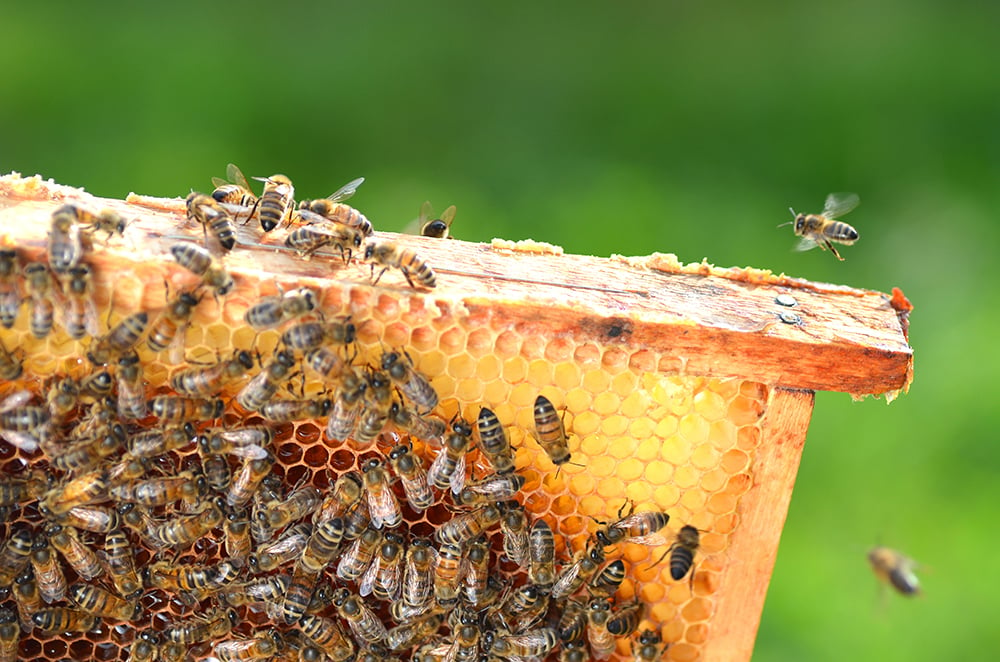
3. Get the Right Equipment (that includes at least two hives)
There is a wide variety of hive makes and models to choose from. The most popular type is known as the Langstroth. It resembles a wooden file cabinet and consists of:
-
a top cover,
-
an inner cover,
-
hive bodies or boxes,
-
8-10 frames, and
-
a bottom board.
Other types of hives include the Warre version, which is lighter and relatively low-maintenance; and the Top-Bar Hive, which is ideal for beekeepers who are unable to lift more than 40 pounds, but requires more maintenance than either Warre or Langstroth.
The style comes down to preference and personal considerations. Do your research and ask experienced beekeepers what has worked for them.
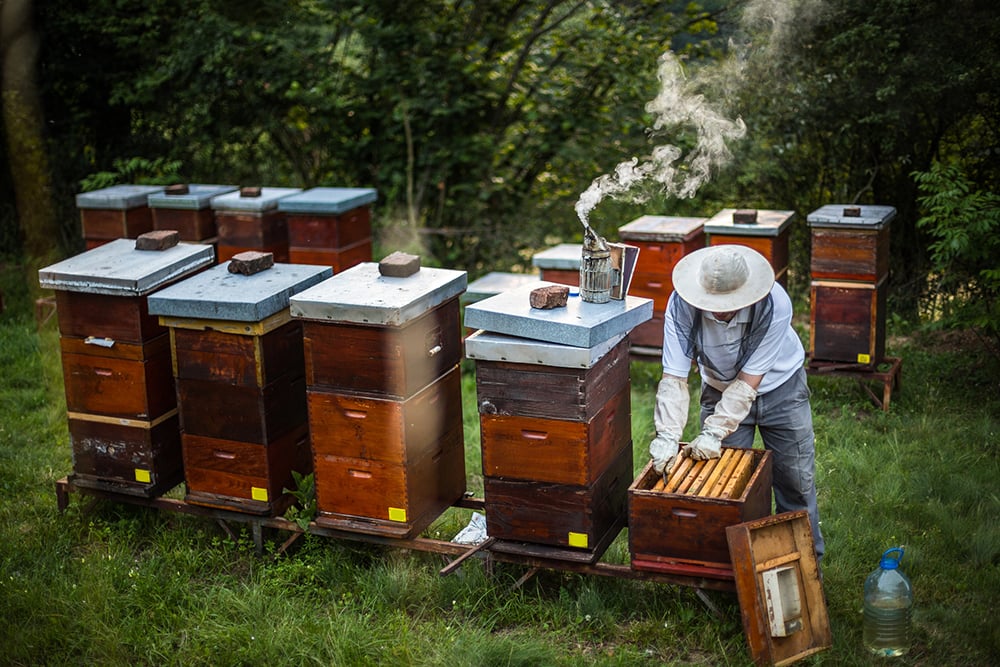
Regardless of what you decide, Georgia master beekeeper Mary Cahill-Roberts recommends starting with at least two hives. “That way you can see how different the hives are,” she says. “If there’s a problem with one, you can [often] fix it if you have a second to draw resources from.”
Once you’ve settled on your hive, you’ll need some equipment and protective gear, including light-colored clothing, a bee hat and veil, and a smoker.
A good online bee supply retailer will carry starter kits that contain everything you need for around $200.
Next come the bees.
“There are two ways to get bees,” says Cahill-Roberts.
The first is to buy bees. Bees come through the mail in a three-pound package with a queen who has been packaged separately from the rest.
Another option, great for beginners, is to purchase a bee nucleus or a NUC. A NUC typically consists of five frames with an established brood and a laying queen who has already been accepted by the hive.
“The frames are the normal frames you put in Langstroth hives. [It’s] a little mini hive, and the bees are already started—the queen is already laying,” says Cahill-Roberts. “In the package, [the queen] may not start laying right away. She also might need some time to stay in the hive to get acclimated.”
Aside from ordering bees through the mail, you can “wait to try to catch them in the spring,” she says. “Bees naturally swarm. If you live in an area with lots of beekeepers, they’re not going to catch every swarm. [This is] what we beekeepers consider ‘free bees.’”
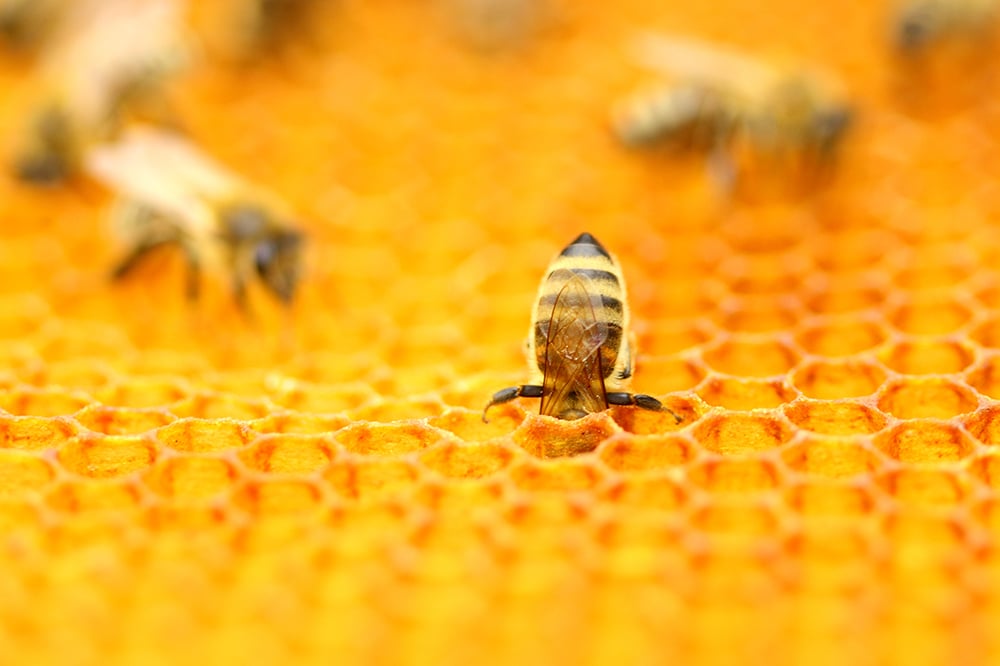
4. Start Working Your Bees.
Once your bees are off and buzzing, you’ll want to be proactive about maintaining your hives—but not overly nosy.
“An old beekeeper told me one time that bees thrive on a large degree of neglect,” says Hogg. “But you have to know enough about bees to know when to neglect them.”
For that reason, he encourages new beekeepers to spend time in their hives to simply observe and absorb the ways of the bees.
Check for things like egg laying patterns, hive health, and population. “After a few years you’ll get to the point that you know when to neglect them, and the bees do thrive on that.”
5. Find a Mentor
Once you’re up and running, don’t try to go it alone. Beekeeping is best learned by watching and doing. The more bees and hives you observe, the quicker you’ll learn.
“It’s all very theoretical until you have to go into a hive and learn,” says Lisa Broward, owner of Karma Acres Farm in Callahan, Florida. “Somebody that will let you look over their shoulder is a tremendous benefit.”
What’s In a Hive?
The Workers. The vast majority of bees in your hive are female worker bees. And these ladies work. The unfertile females are on call 24/7 to clean and feed the queen, gather nectar, pollen and water, and generally run the hive.
The Drones. A few hundred male bees laze around each hive eating honey. When the queen is ready to mate, the strongest drones deposit their sperm and die. The unlucky others are ousted from the hive in the fall by those busy worker bees.
The Queen. It’s good to be queen—that is until you stop laying eggs. In her prime the queen bee can lay between 1,000 and 2,000 eggs per day, and she’s doted on by her loyal subjects. Once her production starts to wane, however, workers breed a new queen by feeding female larvae a special diet of royal jelly, then unceremoniously dethrone the old queen.


